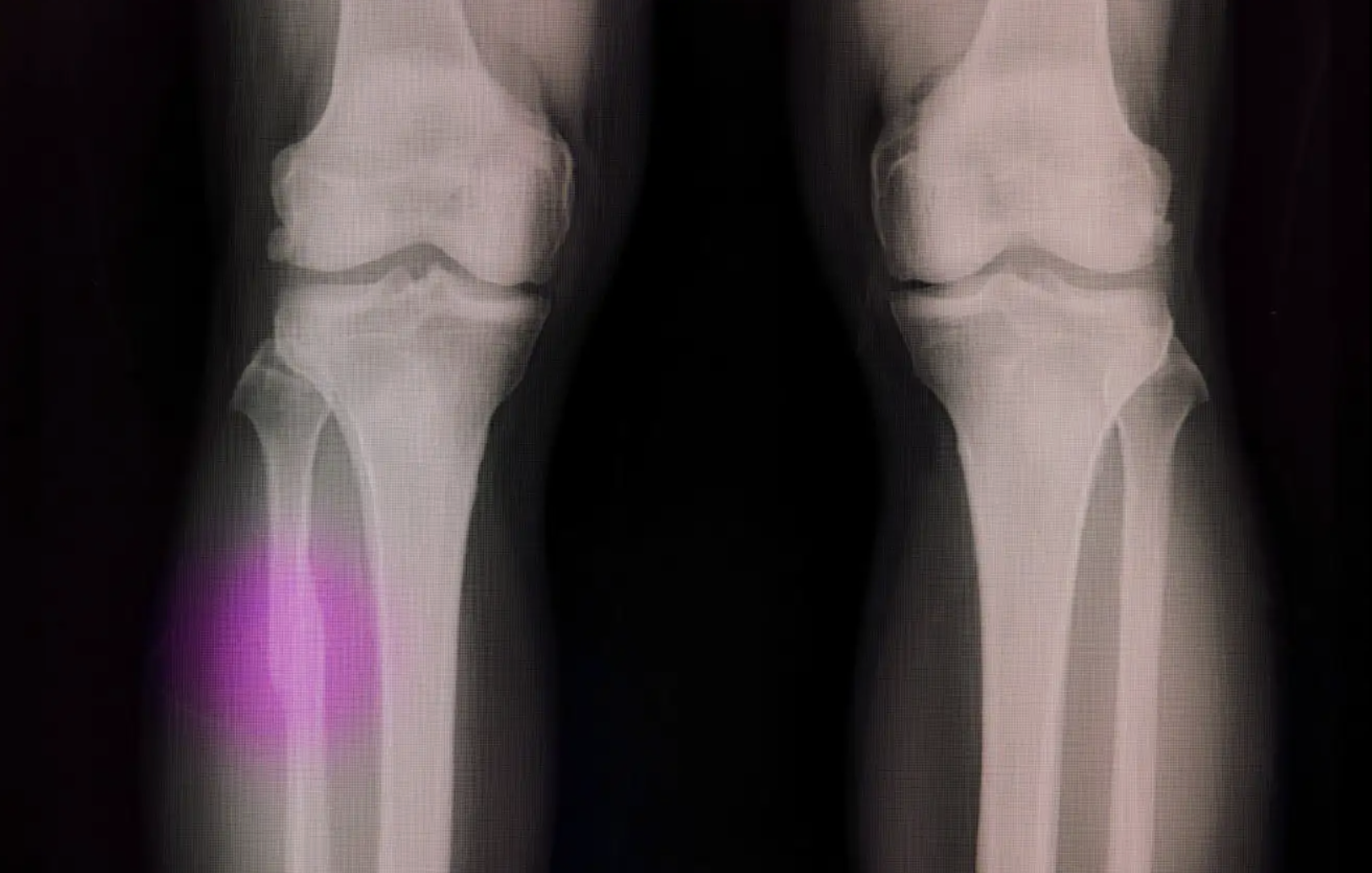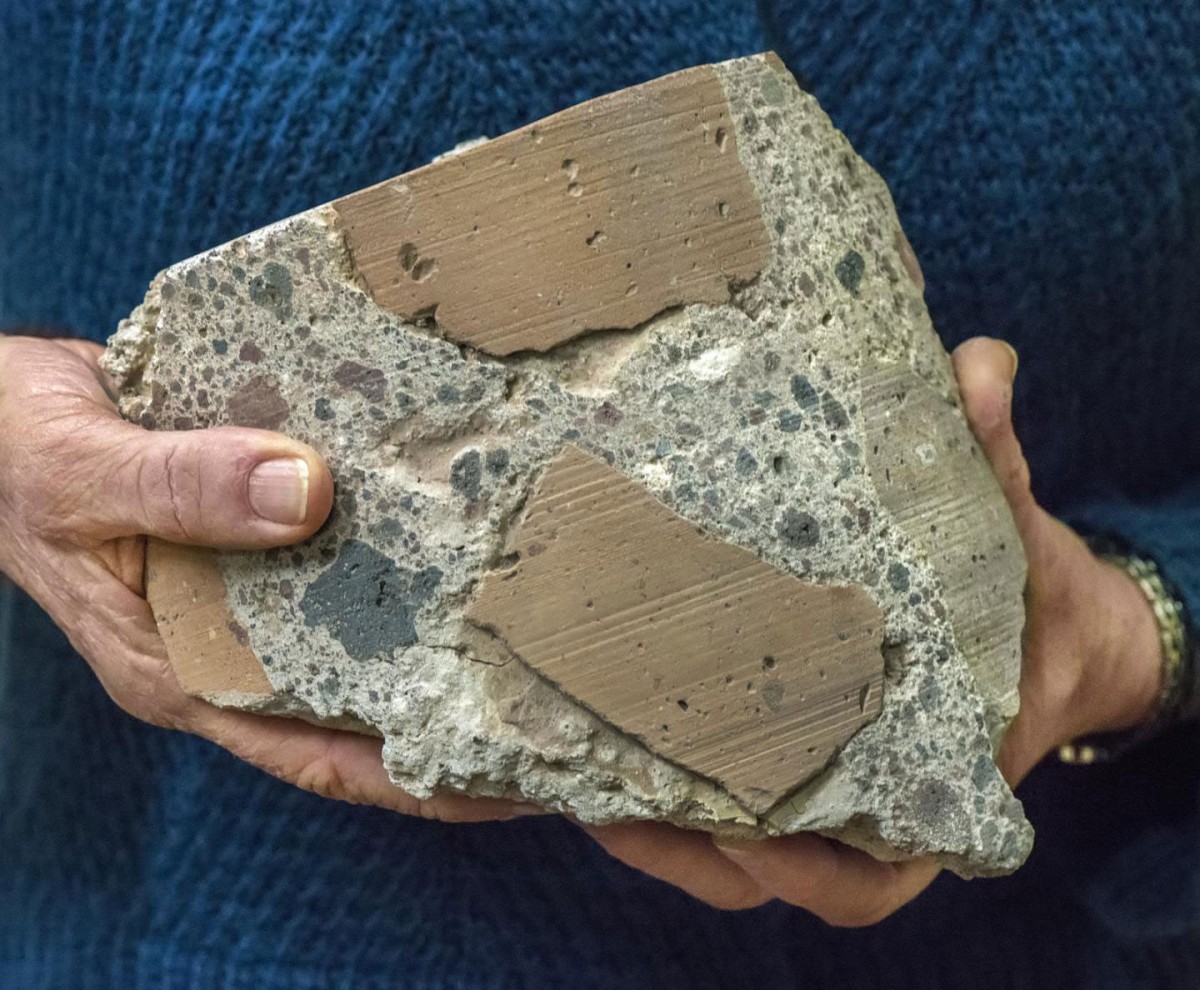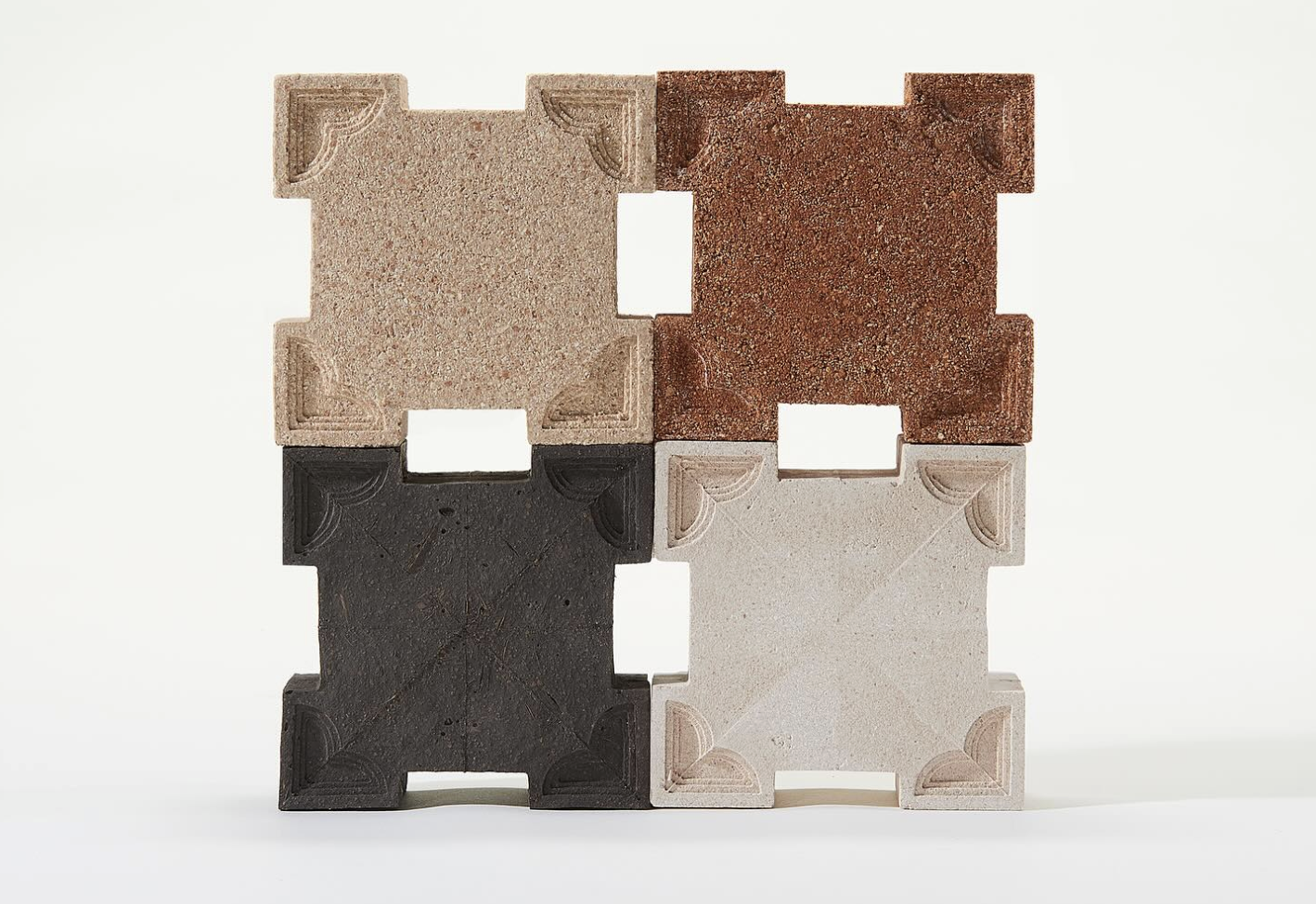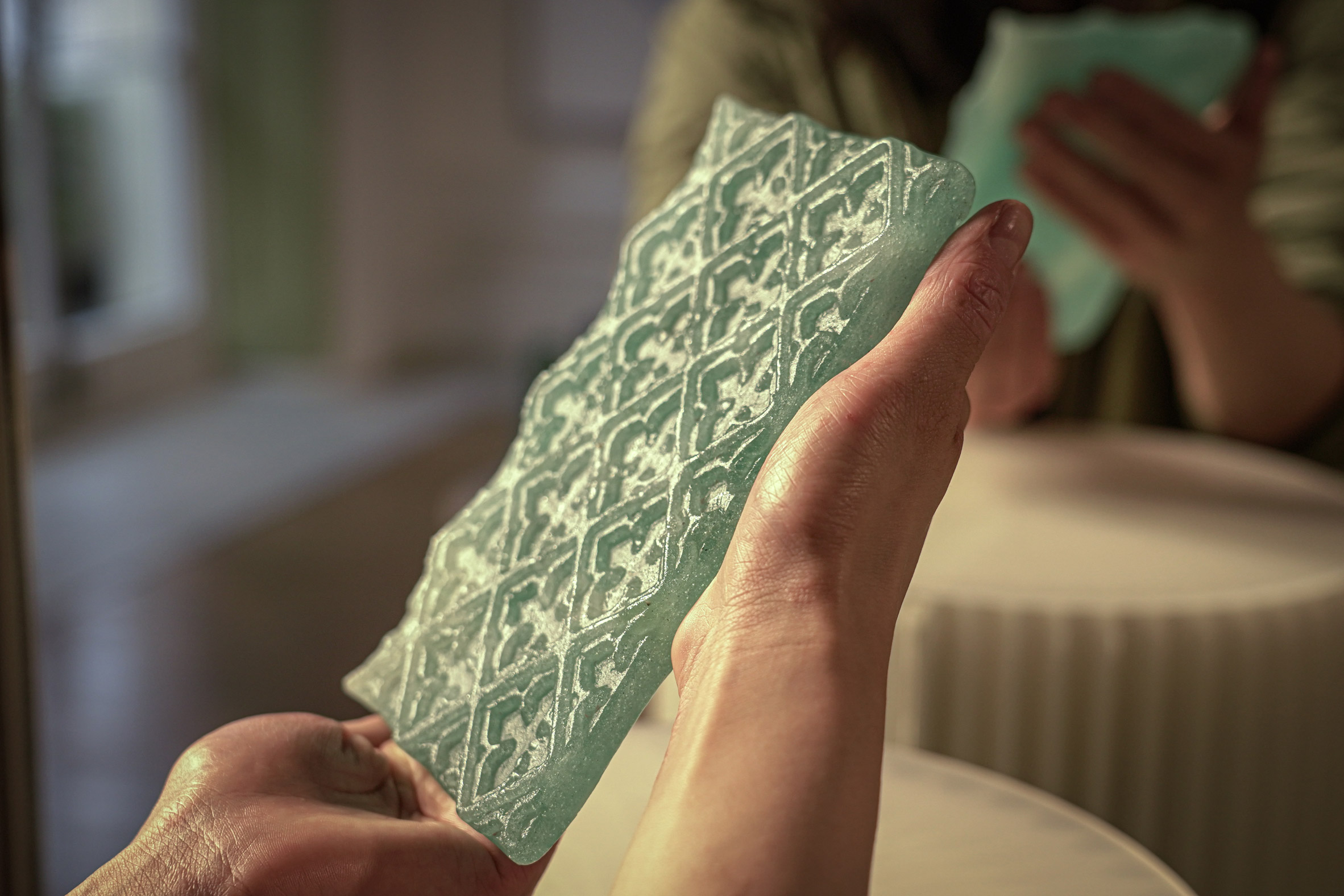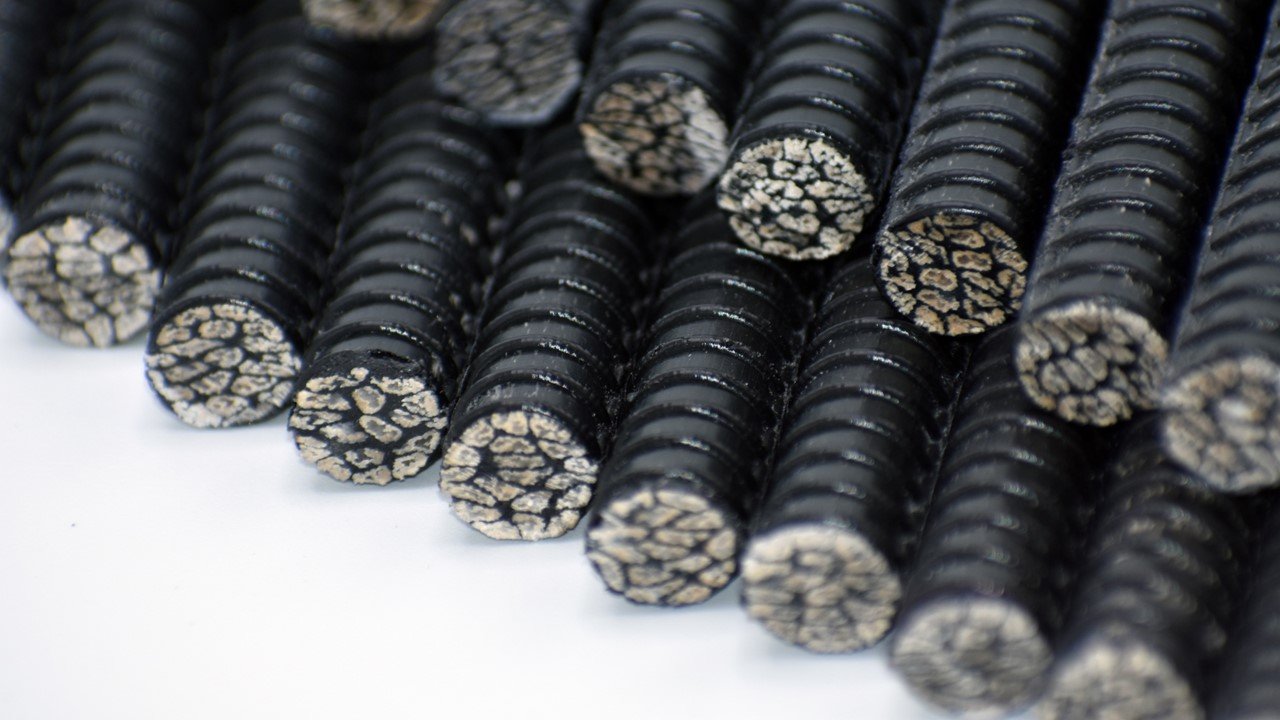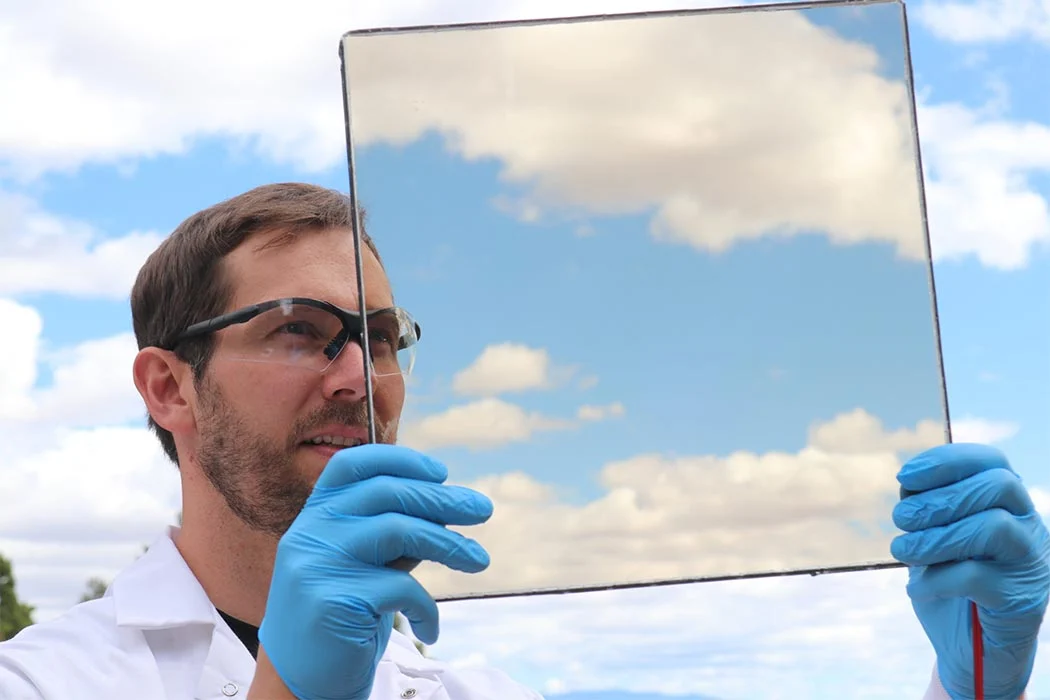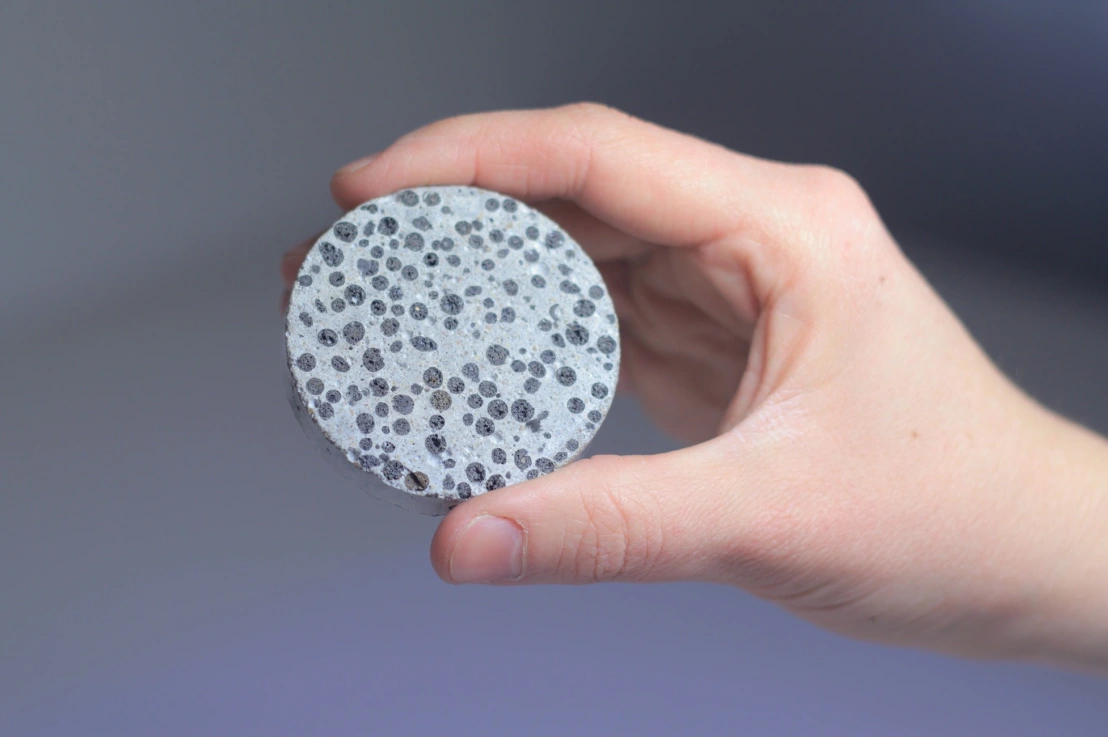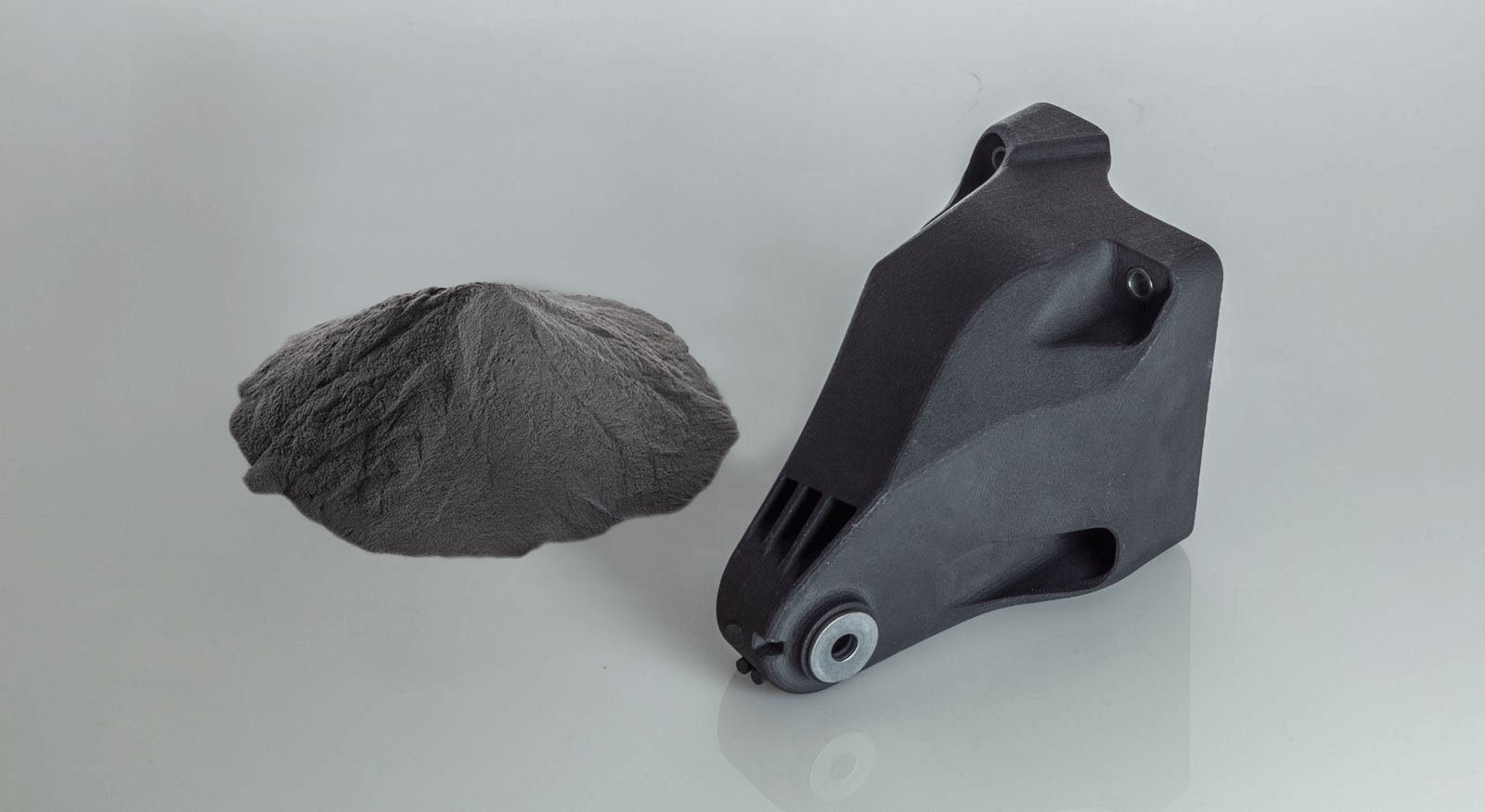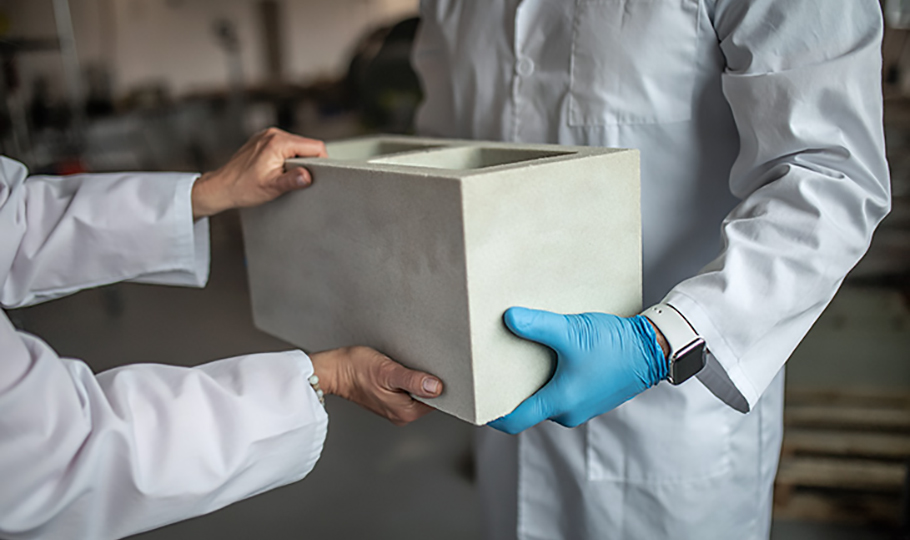A breakthrough in medical materials is changing how surgeons approach bone injuries. A research team at Sungkyunkwan University in South Korea has developed a handheld 3D printing device — nicknamed a medical “hot glue gun” — that can print bone-like material directly into patients during surgery. This innovation could dramatically speed up healing, reduce …
More-
Scientists in South Korea Develop 3D Printing “Hot Glue Gun” for Bone Repair
-
Ancient Roman Concrete’s Secret: Self-Healing Through Hot Mixing
In 1937, a remarkable innovation was captured by British Pathé: an Italian inventor had developed a method to turn ordinary milk into yarn. The archival footage documents each stage of the process, from laboratory experiments to industrial production, ultimately producing a fabric that looks and feels like wool. This pioneering attempt at material innovation reveals how early 20th-century science was already pushing the boundaries of sustainable design.
More -
Eggshell Waste Transformed: Re:Shell Bricks from Seoul National University
London architecture studio Bureau de Change and artist Lulu Harrison have created Thames Glass tiles from mussel shells, featuring intricate patterns. This collaboration highlights sustainability in design by transforming waste into aesthetically pleasing materials. Thames Glass tiles demonstrate the benefits of eco-friendly innovation, merging art and architecture to promote a sustainable, functional future.
More -
Innovative Architecture Meets Sustainability: Bureau de Change and Thames Mussel Shell Glass Tiles
London architecture studio Bureau de Change and artist Lulu Harrison have created Thames Glass tiles from mussel shells, featuring intricate patterns. This collaboration highlights sustainability in design by transforming waste into aesthetically pleasing materials. Thames Glass tiles demonstrate the benefits of eco-friendly innovation, merging art and architecture to promote a sustainable, functional future.
More -
Transforming Construction: Hemp Rebar Breakthrough Using Rapid Pultrusion and Forming of Thermoplastic Composite
Thermoplastic composite hemp rebar offers a sustainable, durable, and lightweight alternative to steel in construction. Developed through a rapid pultrusion process, it combines hemp fibers with thermoplastic resin for high strength and corrosion resistance. Its benefits include reduced environmental impact and enhanced construction efficiency, making it suitable for various structural applications.
More -
A Clear Path for Solar Energy: A Deep Dive into UbiQD’s Transparent Solar Panels
UbiQD’s transparent solar panels use quantum dot technology to capture UV and NIR light, converting it into electricity while remaining see-through. These panels can be integrated into buildings, greenhouses, vehicles, and electronics, offering aesthetic and functional benefits. Although efficiency challenges exist, advances promise wider adoption and significant environmental and economic benefits.
More -
Revolutionizing Construction: The Promise of Self-Healing Concrete
Self-healing concrete is a groundbreaking material in construction that automatically repairs cracks using methods like microbial, chemical, or polymer-based healing. This innovation increases structural longevity, reduces costs, enhances safety, and promotes sustainability. Its applications range from bridges to residential buildings, promising a more resilient and cost-effective future in construction.
More -
Exploring the Industrial Strength of Ultrasint® PA6 MF Polymer Powder: Now Available at Shapeways
Ultrasint® PA6 MF is a polymer powder specifically engineered by BASF and Forward AM Technologies GmbH for demanding industrial applications. The “MF” stands for mineral-filled, which highlights its enhanced mechanical properties compared to standard PA6 powders.
More -
Prometheus Materials: Pioneering Sustainable Construction with Algae-Based Cement Masonry Blocks
Prometheus Materials has developed algae-based cement blocks, a significant innovation in sustainable construction. Traditional cement is carbon-intensive, contributing 8% of global CO2 emissions. Algae-based cement reduces carbon footprint through a bio-cementation process, offering durability, lower energy use, and carbon sequestration. This eco-friendly alternative could transform the building industry.
More

